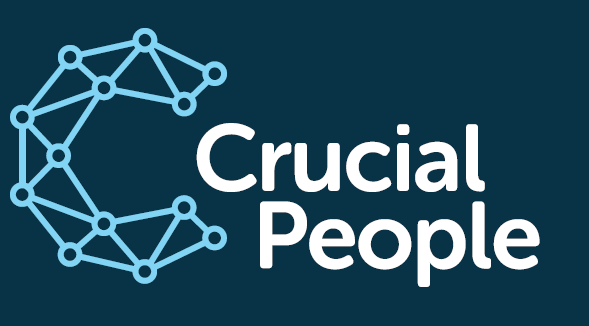The STAR Technique: How to excel at competency based interviews
The STAR Technique
How to excel at competency based interviews
Competency-based interviews (also known as structured, behavioural or situational interviews) are becoming increasingly popular.
A competency-based interview is designed to assess your ability to perform certain tasks or behaviour required for the job. The interview questions are typically based on a job description or person specification and focus on your past behaviour in order to predict your future behaviour.
The STAR technique is a great way to structure your answers to competency-based interview questions.
In this blog post, we will explain what the STAR technique is and how you can use it to excel at competency-based interviews.

What is a competency?
A competency is a set of skills or knowledge required to perform a job role or task effectively. Competencies are usually described as measurable abilities or behaviours that are acquired through working experience, formal training, or education. The Chartered Institute of Personnel Development (CIPD) defines competencies as “the behaviours employees must input into a situation in order to achieve high levels of performance”. Many employers now use competency-based interviews to assess how successful a candidate would be in the role.
Examples of competencies:
There are various different types of competencies you could be asked about, including technical skills, behaviours and knowledge.
Key competencies regularly sought after by employers include:
Leadership and Management – the ability to lead and manage others
Communication – the ability to effectively convey ideas and opinions
Problem-solving – the ability to identify and resolve problems
Teamwork – the ability to collaborate and work effectively with others
Adaptability – the ability to be flexible in different situations
Time Management – the ability to effectively manage your time
Critical Thinking – the ability to think analytically and objectively
What is a competency-based interview?
Employers will often use open questions to discover real-life scenarios where you can demonstrate you used your competencies to the best effect. Competency-based interviews use questions designed to establish how you have used specific skills in your previous work experience and how you approach problems, tasks and challenges.
Competency questions typically lead you towards describing a situation and task.
For example, an employer may start the question by saying:
Tell me about a time when …
Give an example of when …
Describe a time when …
Have you ever been in a situation where …
What is the STAR Technique?
The STAR technique involves structuring your answer by providing a concise overview of the Situation the required Task, the Action you took, and the Result of your action.
- S – Describe the Situation, background or context to your example. What was required? Which problems did you need to overcome?
- T - Explain the Task or activity that you were required to undertake to tackle the above.
- A - Outline the Action you directly took to undertake the task. Remember to use I, not we.
- R
- Summarise the
Result that you achieved. Remember to accentuate why what you did, led to the successful outcome.
A good interviewer will want to know what you learnt from your experience, particularly how you might have done things differently, so be prepared to reflect on your performance and perhaps examine what went well and why, as well as what you may have done differently to have achieved a more favourable outcome.
How can the STAR Technique Help you Excel in Competency-based Interviews?
The STAR technique is one of the most effective ways to answer competency-based interview questions because it enables you to provide an in-depth answer that is specifically tailored to each individual question.
When using the STAR technique, you should ensure that you provide a clear overview of the Situation or Task, the Action you took, and the Result of your action.
You should also ensure that your answer is relevant to the particular question that has been asked and is specific to the job role.
By using the STAR technique, you can give the interviewer a detailed insight into your skills and experience, which will help them make an informed decision about your suitability for the job.
How do you identify the key competencies?
Classic desired competencies include results orientation, impact, initiative, influence, customer orientation, interpersonal understanding, organisational awareness, analytical thinking and so on. But you need to make it relevant.
Analyse the job description and candidate specification closely and make sure that you are really clear about what the role requires and what the employer is looking for.
Study the organisation’s website for those competencies they deem important.Look at the language they use.
Preparing for competency-based interviews
Preparing your examples in advance will exercise your mental muscles and increase your chances of clinching that job.
So how can You Practice the STAR Technique?
The best way to become familiar with the STAR technique is to practice, as this will ensure you feel comfortable and confident when answering competency-based interview questions. The best way to practice the technique is to create a list of questions that could be asked in a competency-based interview, and then write out your answers using the STAR method. This will help you become familiar with the technique and give you a firmer understanding of how and when to use it.
Identify and list the competencies for the specific job.
Within your CV, look for two examples of prior experience which you could expand upon, which link to each competency.
For each example, write a bullet point for each of the STAR headings above
Practice your answers with your partner / trusted friend.
Understandably, this may seem like a lot of preparation but the good news for you will be that many people don’t do any of the above preparation. This means that if you do, you will likely stand head and shoulders above the competition.
Conclusion
Competency-based interviews are becoming increasingly popular, and the STAR technique is the best way to structure your answers and provide an in-depth insight into your skills and experience. By following the STAR technique tips outlined in this article, as well as taking advantage of the helpful resources available online, you will be well-prepared for a competency-based interview and be more likely to impress the interviewer.
If you would like to discuss this in more detail or get some additional help with your interview prep then get in touch with us at info@crucial-people.com or by phone at 0203 154 9423 and we would be happy to help.











